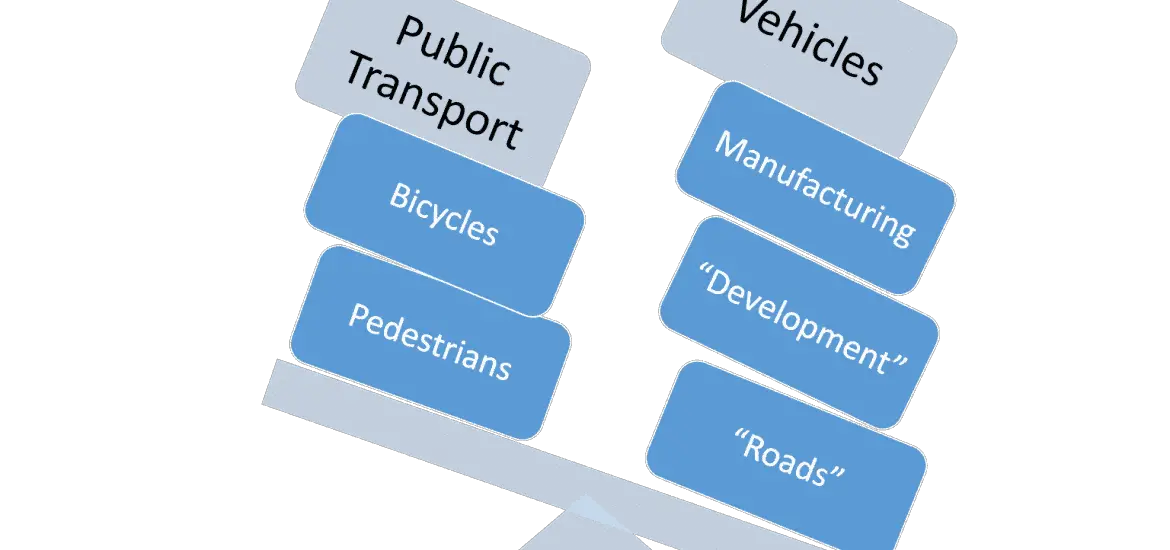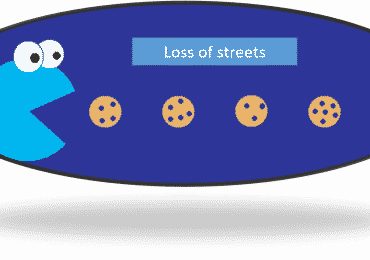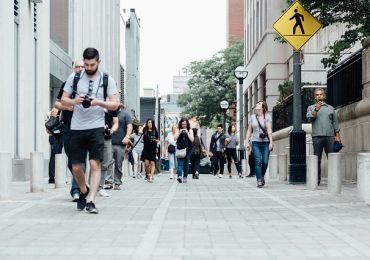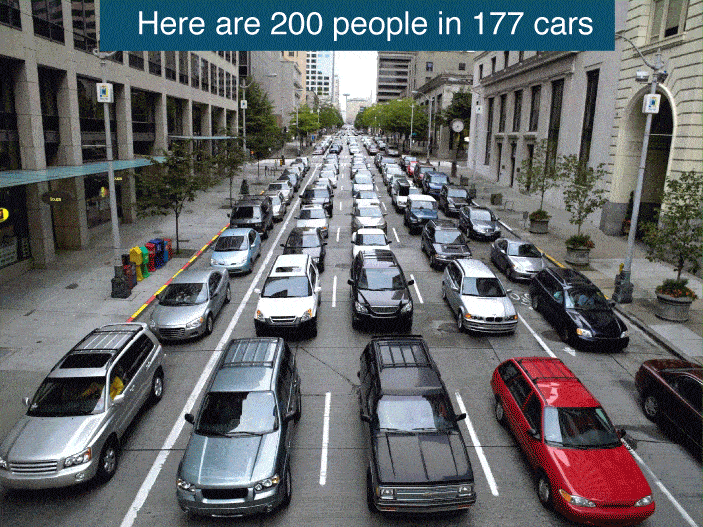A brief history – What went wrong?
Once cities were meant to be a workplace for its residents but as the technology advanced the characteristics of cities changed. The famous neighbourhood concept which aimed at providing all required facilities at walkable distance faded. Industrial revolution changed all aspects of life including the way people commuted. A much faster mode of transport had a direct result on the boundaries of workplaces and cities expanded exponentially.
People from far off places started to commute and worked in cities. Travelling became cheaper and people could reach their destination faster. Since motor vehicles need roads to ply on, the roads were constructed at a never seen before pace and this became a part of “development”. This continued and has been happening for about a century now. With the development in all the nations throughout the world added vehicles in form of private cars, taxis, buses , trucks, tractors, NMT, wagons, trolleys, motor cycles, scooters, bicycles etc and the list is never-ending. The end result is the current form of cities which are predominantly serving vehicles and not the pedestrians. It is often ignored that a person will anyhow move out of the vehicle and will be a pedestrian and thus making walkable city and pedestrian friendly approach should be adopted.

Roads ate streets!
Just like the different perspective of every individual the approach towards problem solving also differs. By the time it was realised that vehicles are becoming problem steps were taken to construct wider and better roads. Wider roads were meant to serve more vehicles at same time but at the same time it encouraged people to own more vehicles. The focus has always remained on improving the “Roads” and neglecting the streets.


It is unlikely that you will find pedestrians on a national or state highway, it’s the streets which provides access to homes where people live. Highways are important but not the only thing which needs to be focused on. Making streets walkable and lively is the key! Providing facilities at walkable distance connected through streets needs to be recalled. It’s a fact that not everything can be made available at walkable distance but its certain that many of the facilities can be made available. Another aspect is making streets lively! A person should not be afraid to walk on them, he/she should be safe and feel so, they should be well-lit, full of activities and this is what makes them lively and likeable. Streets should not have any motor vehicles and if the need be only non motorised transport should be allowed to provide last mile connectivity.
Managing our roads
Once our streets are fixed, next step includes managing a higher order street or a connector/ arterial/ sub arterial road (as referred in some countries). This is the actual place of vehicles and not the streets! Managing traffic starts here and if done properly the number and type of vehicles are in accordance to hierarchy of roads. Once a person leaves home and needs to travel to a far off place he/she should have access to public transport so as to discourage the need to own and use private vehicle. This might seem to be a small step but its effect is large. This is depicted pictorially below:

The image above is from Seattle which was awarded as most walkable city in the United States. In Seattle city movement of people is the utmost priority and movement of vehicles comes after that. All measures are taken to provide a great and safe experience for pedestrians.
Use of warning signs and sign boards for ensuring safety of people is an important part of making better streets. Drivers of vehicles should be informed about the presence of pedestrians so that they slow down vehicles.
Read about: City Branding, Design principle for intersection